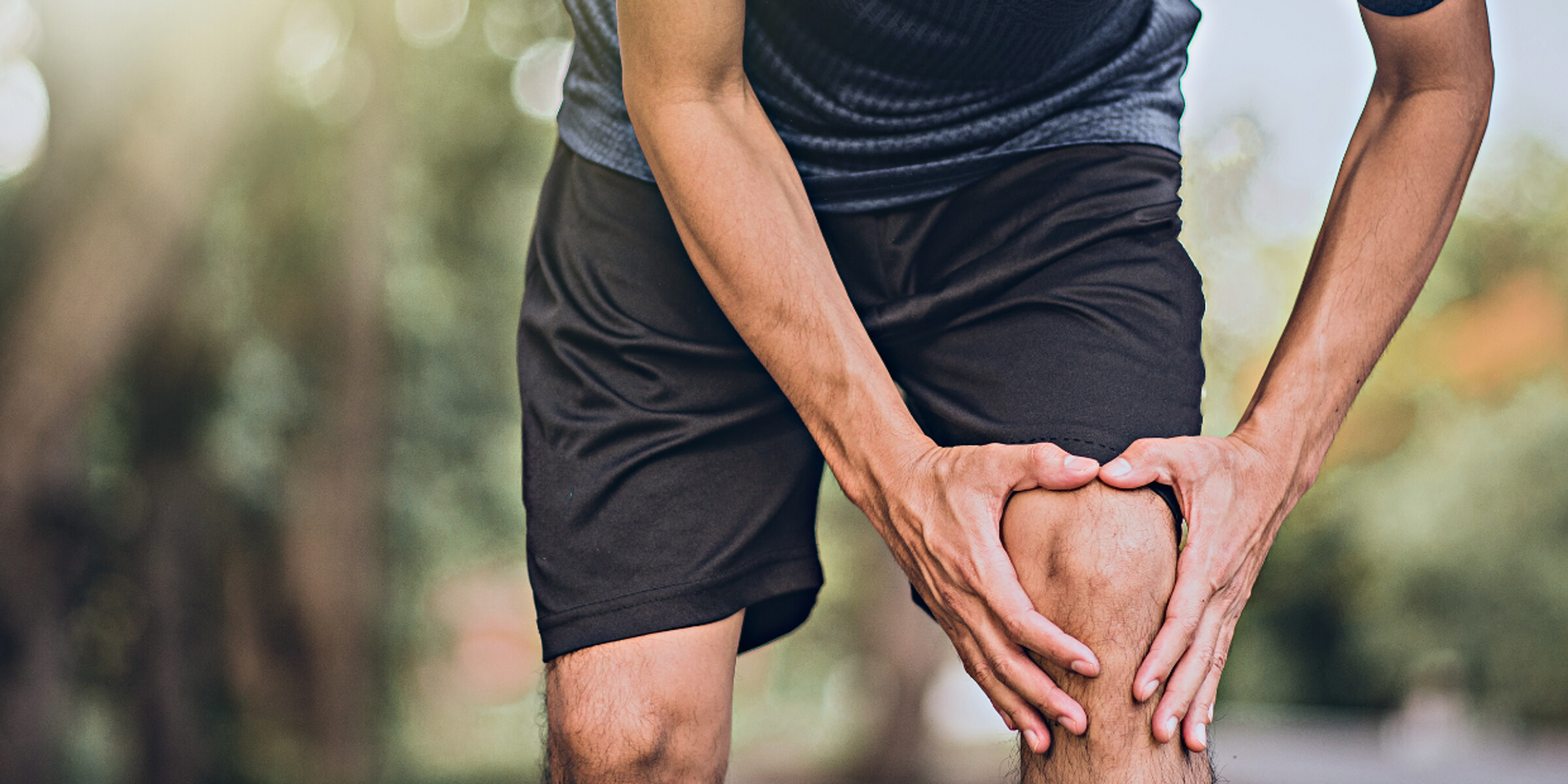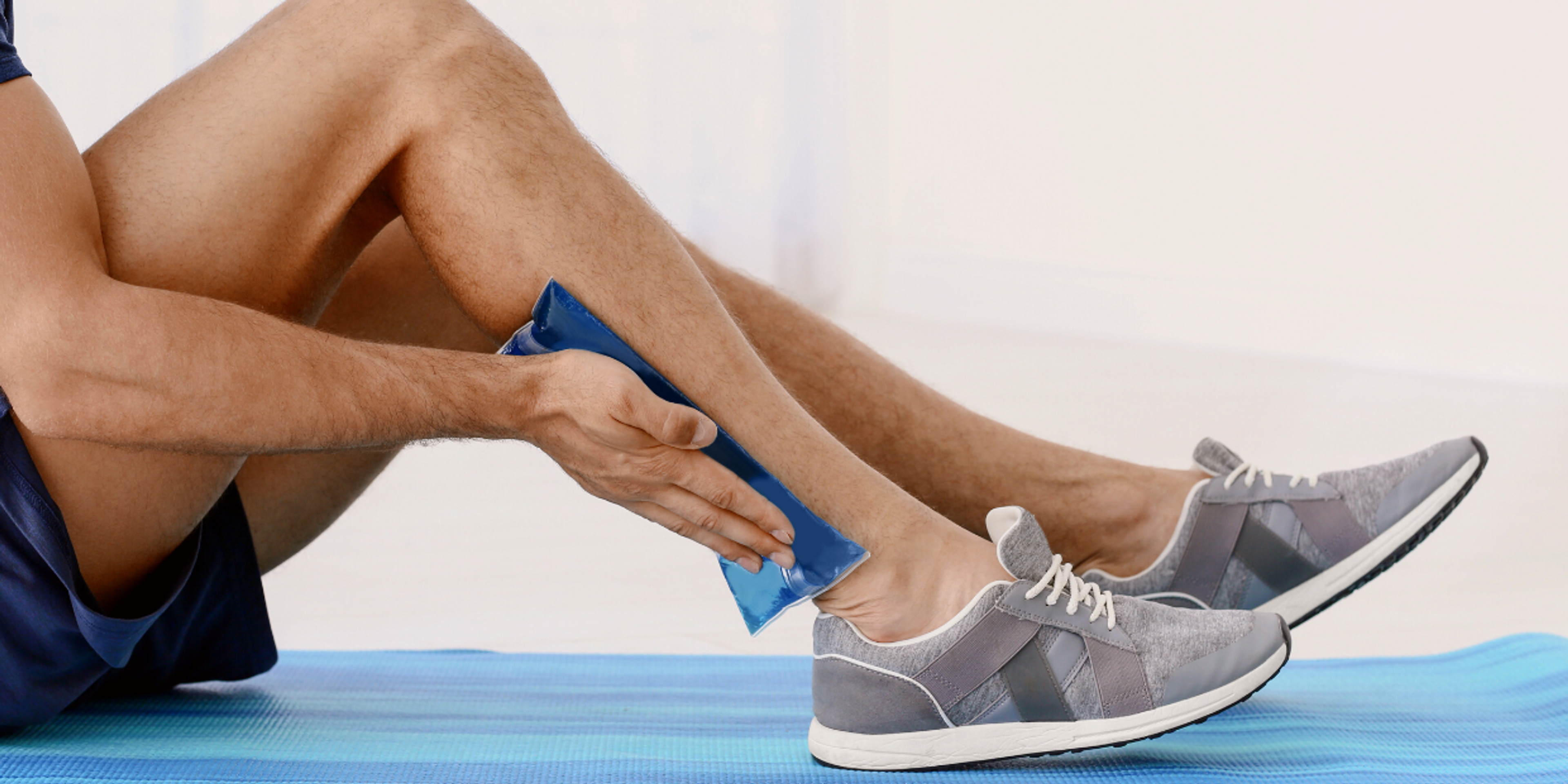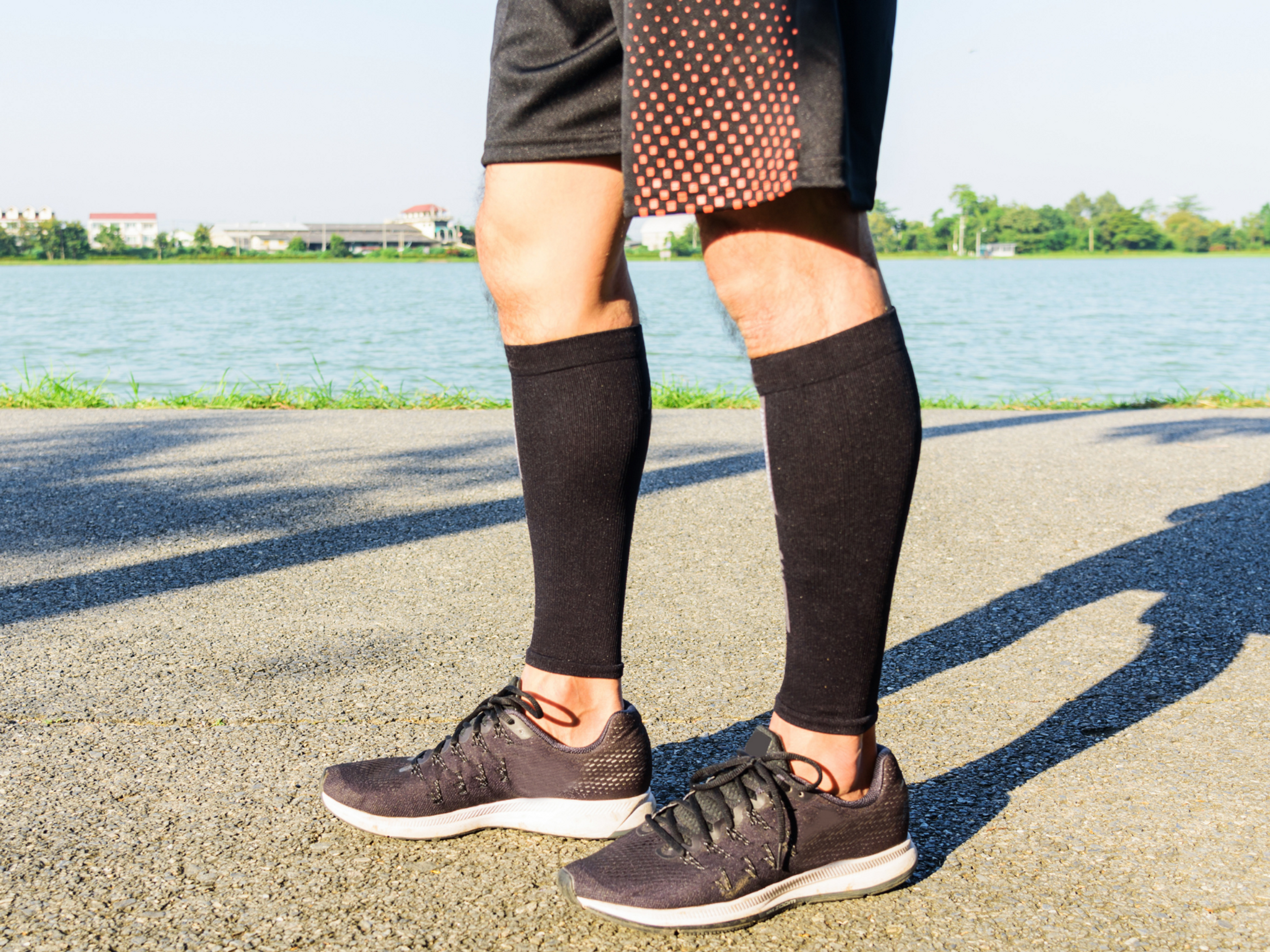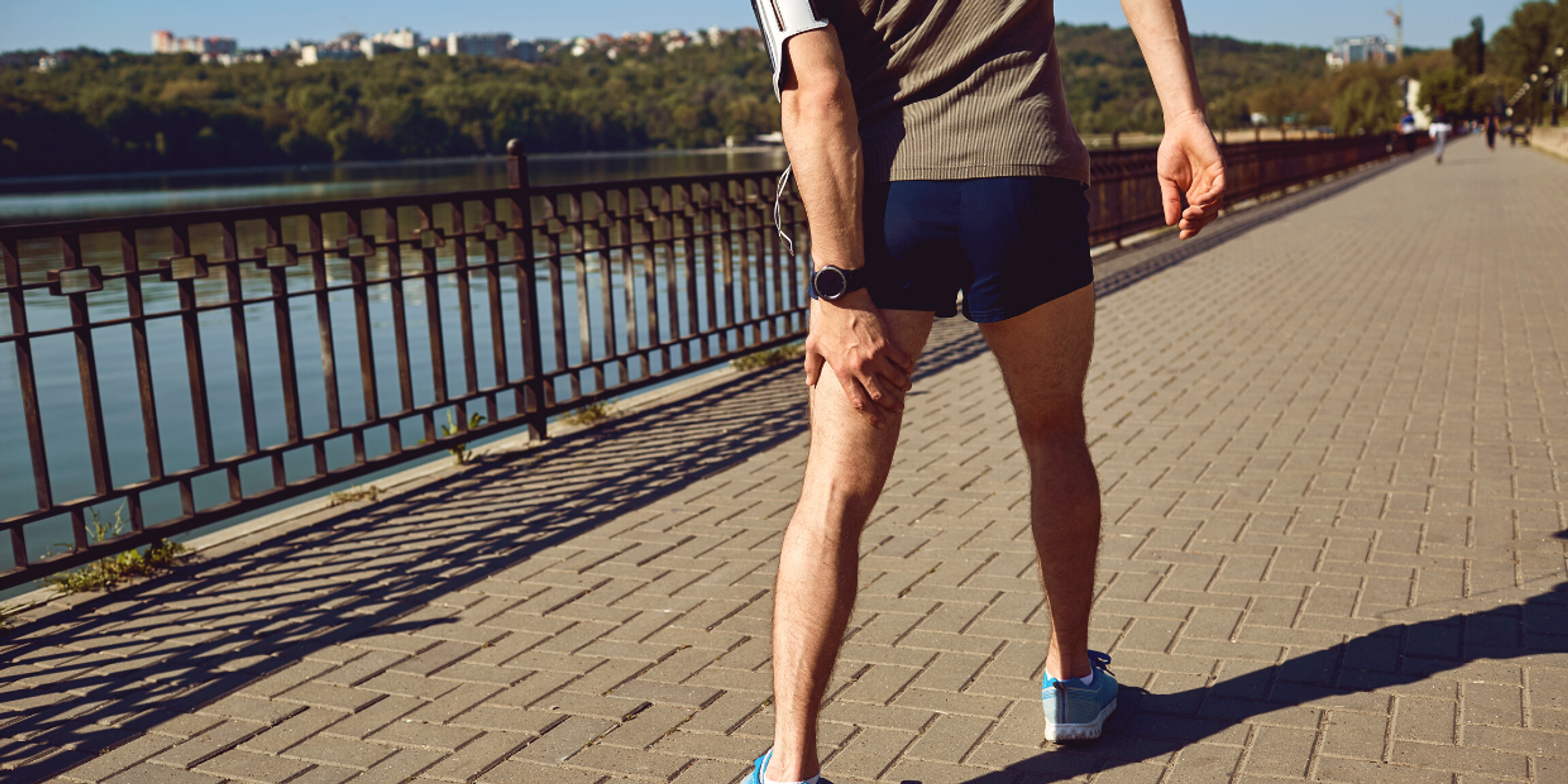How to use the PRICE method to treat acute injuries
What does PRICE stand for?
PRICE stands for Protect, Rest, Ice, Compression, and Elevation. The main aim of combining these five elements is to limit the extent or severity of your acute injury.
How the PRICE method helps acute injuries
In short, the PRICE method helps to limit the damage of acute injuries. It does this by:
- Protecting the injured tissue - Take an injury like a muscle strain; when you strain a muscle, you tear some of the muscle cells and fibers. Once torn, the muscle loses some of its strength, which means that if you continue to run or play sports, it is even easier to strain it further and damage more cells.
- Limiting internal bleeding and swelling - When you strain or sprain a body part, you usually also tear some blood vessels, which causes internal bleeding in that area. If it bleeds a lot, the pressure from the accumulated blood can reduce the blood and oxygen supply to the adjacent (uninjured) cells, causing them to die. This is called a secondary injury because these cells weren't damaged when you first injured yourself. Excessive swelling can also cause a secondary injury.
How to effectively apply the PRICE method
Protect
This means that you immediately stop your sport or activity as soon as you sprain or strain something. Don't play the hero and try to push through pain. All you'll do is make your injury worse and delay your recovery.
Sometimes, you may also want to use crutches or braces for a short period to help your injury settle. What type of protection your injury needs will depend on the type and severity of your injury.
Your doctor or physiotherapist will help you understand what is best in your case.
Rest
During the first 3 to 5 days, your injury will still be fragile; if you're too active, you may injure it further. This does not mean you can't do anything – just choose activities that do not strain the injured area.
The research shows that complete rest is not that useful for most injuries. Relative rest, where you remain active and only avoid the specific activities that irritate or strain your injury, seems to be more beneficial.
The rehab plans in the Exakt Health app provide clear guidance on what activities and movements to avoid and how to adapt your activities to allow recovery.
Ice
Applying ice over the injured area causes the blood vessels to narrow, which in turn helps stop the internal bleeding. This can be especially useful during the first 24 hours post-injury.
This does not mean you should stick an ice pack on and just leave it there, as that may have the opposite effect.
The body's initial reaction to cold is to restrict the blood flow so that it doesn't lose too much heat (so the bleeding stops).
If you leave the ice pack on for too long and your skin becomes too cold, the brain will get a message that the skin is now at a temperature that can potentially damage it. In reaction to this, the brain will try to protect the skin by opening the blood vessels in that area to increase the blood flow and warm your skin. This may also cause the internal bleeding to restart.
Overcooling an area can also interfere with the healing process.
How to apply ice safely on an acute injury
Don't use ice if you have poor circulation, loss of sensation, or an open wound in that area.
- Place a damp towel between your skin and the ice to prevent it from burning your skin.
- Wrap a towel around it to hold the ice in place and provide some gentle compression.
- Apply the ice for 10 minutes, then remove it for 10 minutes before reapplying it for another 10 minutes (10min on, 10min off, 10min on).
- Remove it early if it causes you pain.
Removing the ice for 10 minutes will help to protect your skin from injury due to excessive cooling.
We've written detailed guides on when and how to use icing for calf strains and Achilles tendonitis.
Compression
Gentle compression can be a very effective tool to help stop internal bleeding and limit swelling. However, you can also make your injury worse if you apply it too forcefully and cut the blood or oxygen supply off to that area.
Firm but comfortable pressure is what you're looking for. You can apply compression to your injury by wrapping a bandage around it or wearing compression socks or tights.
The important thing is that it should not be uncomfortable. You can read more about how and when to use compression sleeves for calf strains here.
Signs that the compression may be too much include:
- Tingling
- Numbness
- Pain
- Swelling in the area below the compression bandage
- If your limb turns blue - typically the toes in the leg or the fingers in the arm
Elevation
When you elevate your injured body part above the level of your heart, you slow down the blood flow, which will help stop the bleeding.
It can also help reduce swelling, as gravity will help remove excess fluid from the area.
Just be careful not to strain your injury while elevating your limb – it should be in a comfortable position and not cause an increase in your discomfort.
How we can help
We understand. We've been at this point too. Finding convenient and reliable help for injuries online can be a tedious and demoralising process. This is why we started Exakt Health.
With the Exakt Health app, you can access evidence-based rehab programs and expert guidance, all from the comfort of your own home.






